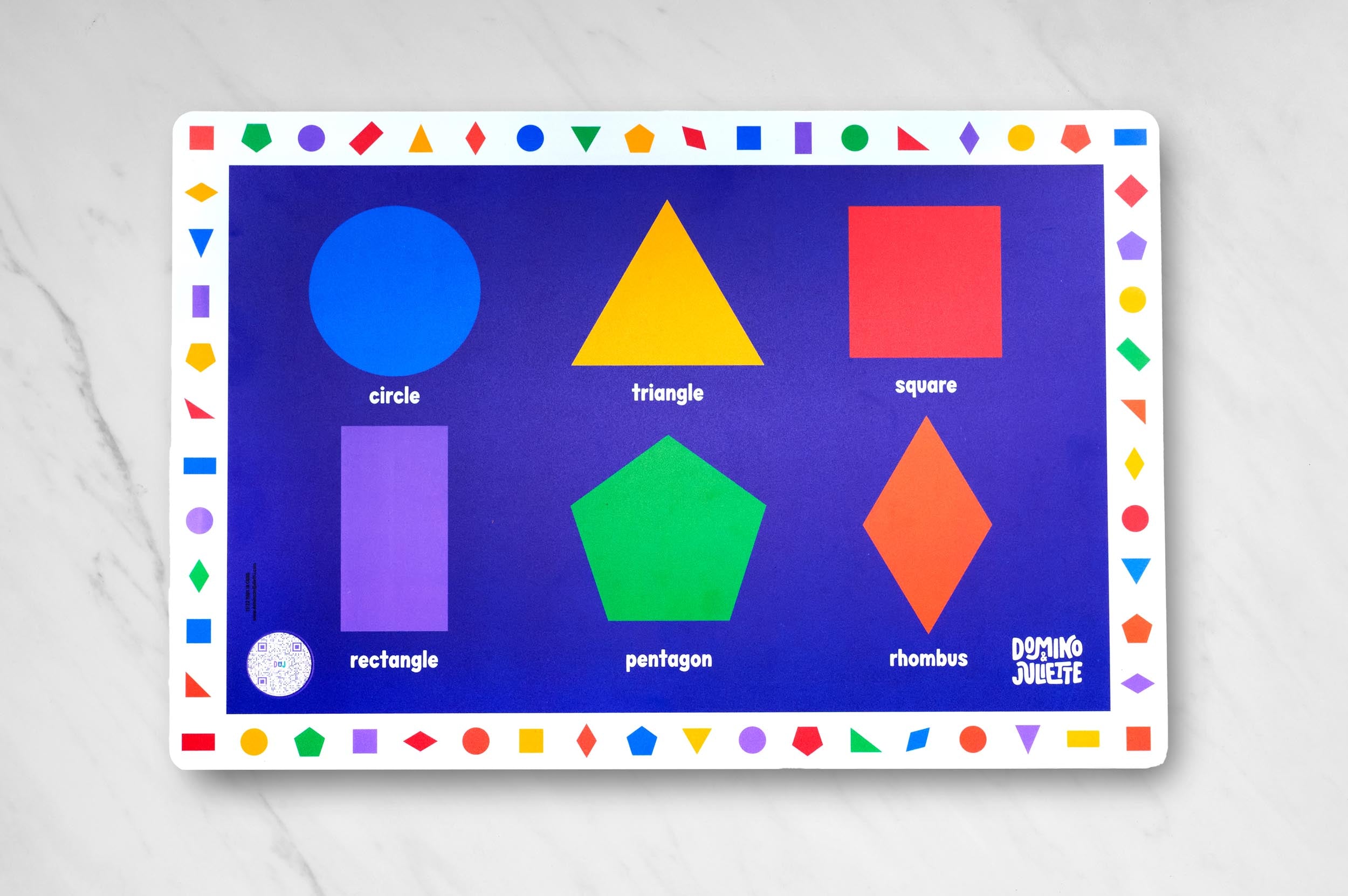
Welcome to the Bright Idea Zone!One toy, many ways to play
Discover a multitude of bright ideas for each placemat and keep the fun fresh. Designed by educational experts and sorted by age and ability, these activities help keep little minds engaged and growing.
For offline play, click to download the printer-friendly version of this page, as well as your bonus printable tools, and begin your learning adventure today!
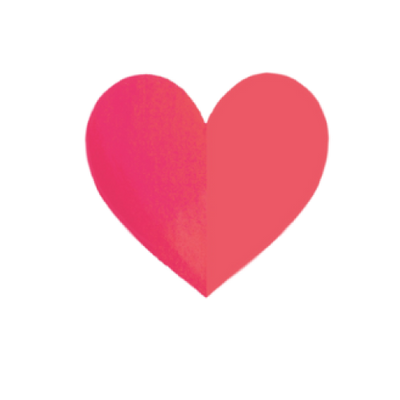
We just wanna SHAPE it up! Shape it up! Anyone else smiling right now? (Oh don’t hide your T Swift loving ways. She’s great!) At D&J we like to have fun. Clearly! Long gone are the days of sitting at a table and going over flashcards with your child to learn new knowledge. Nah, we know better now. Now we support shared enjoyment and playing while we learn because that is what works. We champion time for connection – and yes, even while we learn shapes!
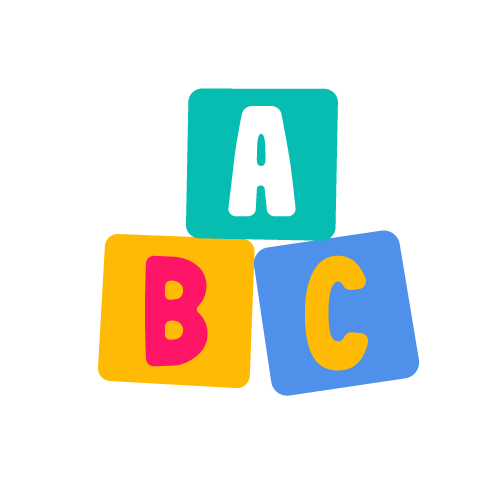
We Don’t Square If You Don’t Know Your Shapes Yet!
- It is appropriate to begin discussing shapes with your children between the ages of 2-3 when they can recognize/categorize different descriptors and traits. To introduce shapes to your child, it is most effective to start with 1-3 shapes at a time. Begin with the top row of shapes and then progress to the second row once your child shows signs of understanding.
- Once your child can identify the shapes on the center of the mat, challenge them to find the shapes around the edge of the mat. “Here is a circle, can you find another circle over here?”
- Using the silicone shapes from the D&J Find and Fit Numbers puzzle, encourage your child to match the puzzle pieces to the placemat. Hold up the circle puzzle piece “This shape is a circle. Can you point to the circle here on the placemat? Yes! Now let’s put this circle on that one.”
- Using the D&J Squeeze and Stack blocks #1-6 (shapes side) match the shapes to the placemat. Arrange the blocks with the shape side facing up. Point to a shape on the placemat. “Here is a triangle. Can you find the block with the triangle on it? Yes! Now let’s put the block on top of the triangle on the placemat.”
- Practice identifying shapes by name. Point to the square. “What shape is this?” “Yes, can you find more squares on the placemat?”
- For more advanced learners who can identify colors you can ask them to search for a specific colored shape.
- Search for real life shapes in the room or in a book.
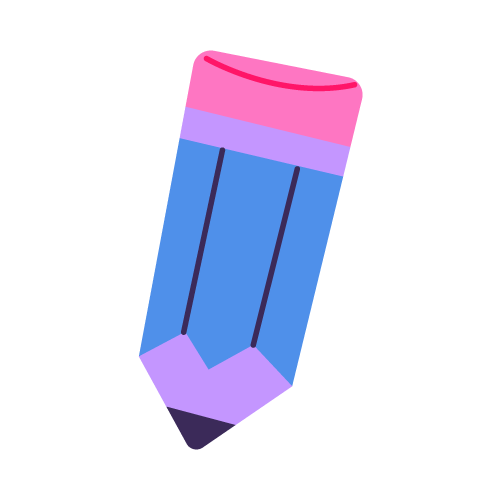
Create-A-Shape!
- Encourage children to practice making shapes using the shapes on the placemat. Using pretzel sticks, Wikki Stix or play dough, encourage children to make shapes on top of the placemat shapes. Once they’ve made the large shapes they can make their own different sized shapes using the manipulatives.
- Challenge children to create their own shapes using pipe cleaners or popsicle sticks.
- Children can then progress towards making shapes on paper using dot markers, stickers, markers or crayons.
- For a fine motor activity, have children draw shapes using Q-tips and paint. This can be done on paper or directly on the placemat!
- Ask children to create different looking shapes. “How many different looking rectangles can you make?” Draw on Post-its and place them on the shape.
- Using magnetic tiles, create larger shapes from smaller ones.
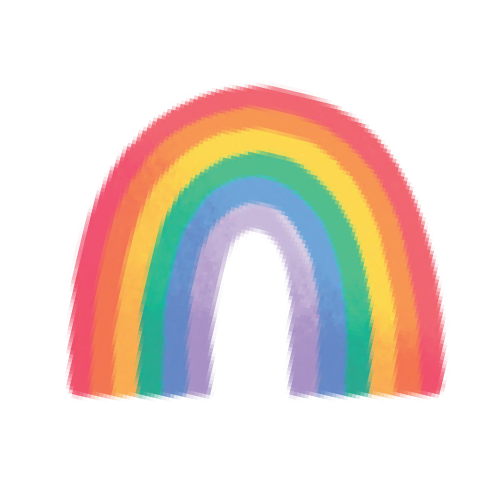
Now Everybody Get In Line…Or In A Curve!
- Discuss and explore sides…
- “How many sides does this triangle have? Let’s count them. Can you find another triangle in the placemat? How did you know that was a triangle?”
- Encourage your child to trace the sides of the shape as they count.
- Match the D&J Find and Fit numbers puzzle pieces to the shapes according to the number of sides. The triangle would get a “3” puzzle piece on it.
- “Shapes are made of lines...some are straight, and some are curved. Does this shape have curved lines or straight lines?”
- Make sure children understand these shapes don't always look exactly as they are portrayed on the mat. They can be different sizes, orientation, and the sides can be different lengths (excluding the square). For example, any three-sided shape is a triangle. They can look different. "How many different triangles can you find on the border?" Point out the three different types of triangles on the mat.
- Draw different sized shapes on a paper or whiteboard. Draw the shapes with different orientations as well to show that shapes don’t always look the same.
- Comparing shapes: which shape has the most/least sides? Corners/vertices (where two lines meet), etc
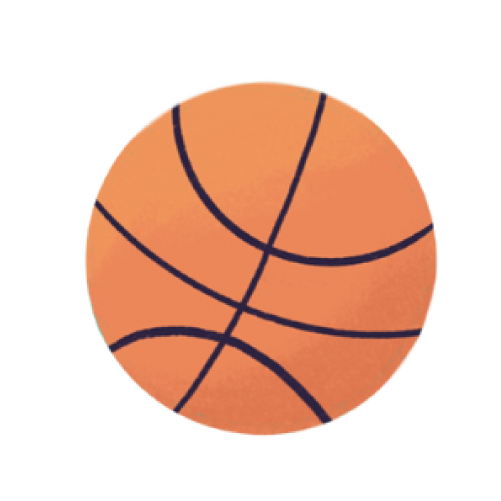
Shape Guru Looking For A Challenge? No Problem!
- Angles - inside of the shape, discuss right angles (i.e. an angle of 90 degrees).
- Identify the shapes with and without parallel lines (two or more lines that lie in the same plane and never intersect each other are known as parallel lines)
- Point out two different types of triangles (there are four different triangles around the border: equilateral - all sides equal; isosceles - length of two sides are equal; obtuse - one angle greater than 90 degrees; right - one angle equals 90 degrees) on the mat and ask your child what they notice that is different and the same about them?
- Symmetry (the quality of being made up of exactly similar parts facing each other or around an axis) - Discuss symmetry and have your child explore how many lines of symmetry are in each shape. Help the child trace shapes that are displayed in the center of the mat. Have them cut them out so that the child folds to find lines of symmetry.
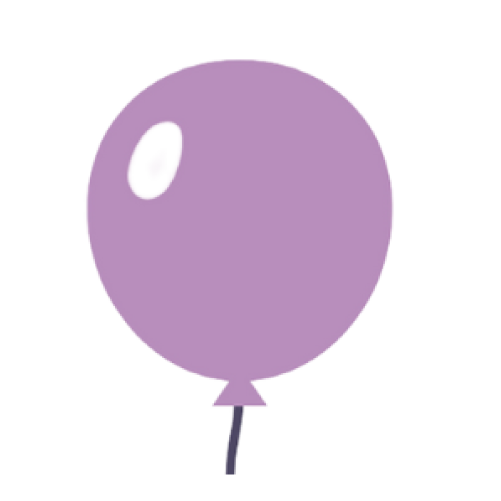
You Math Be Kidding Me! SHAPED into Math!
- Point to a green upside-down triangle and a yellow normal triangle. What is the same about these two triangles? What is different?
- Select 2 shapes on the trim and instruct the child to count how many there are of each and compare. Which is greater?
- Count by colors: “How many orange shapes can you find?”
- Older learners can make a tally of how many of each shape they can find. Once they have completed their tally marks, they can add them up and write the total number (or show the number using the puzzle pieces).
- “How many circles are on the top of this placemat? If I were to add one more right here, then how many would there be?”
- Use a book or piece of paper to cover some of the shapes along the top edge so that only 5 of them are showing. “How many shapes are there in this line? Yes, there are 5. Now, if we added two more shapes how many would there be?” Uncover 2 more shapes “Yes there would be 7 because two more than 5 is 7” Repeat this exercise by covering (taking away) 1 or 2 shapes.
- Using the D&J bingo chips as counters, “How many purple shapes can we find on the bottom row? Let’s cover them with bingo chips. Yes, there are three purple shapes. If we add two more, how many purple shapes would we have?” Add two more purple bingo chips and then count them “Yes 5, because 5 is 2 more than 3!”
- “Do you think there are more or less than ten shapes on this side of the placemat? Why? Ok let’s count them.”
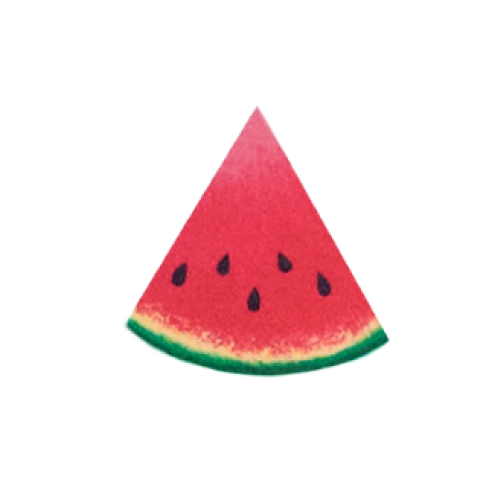
Triangle Use These Questions For Convos and Connection With Your Child!
- If you were to draw a picture of me, what shape would you draw for my head?
- One of these shapes reminds me of a house. Do you know which one it is? Where do you think the chimney would go on this pentagon house? What color is this house? What color is our house?
- What shape do you like the best? Why?
- This purple rectangle reminds me of a door. Should we open the door? What do you think is inside?
- This circle looks like a plate. Let’s put some food on this plate for dinner. What should we put on this circle plate?
- I am going to pretend this square is a book. What book should we pretend it is? Is that your favorite book? Is the cover of that book red too?